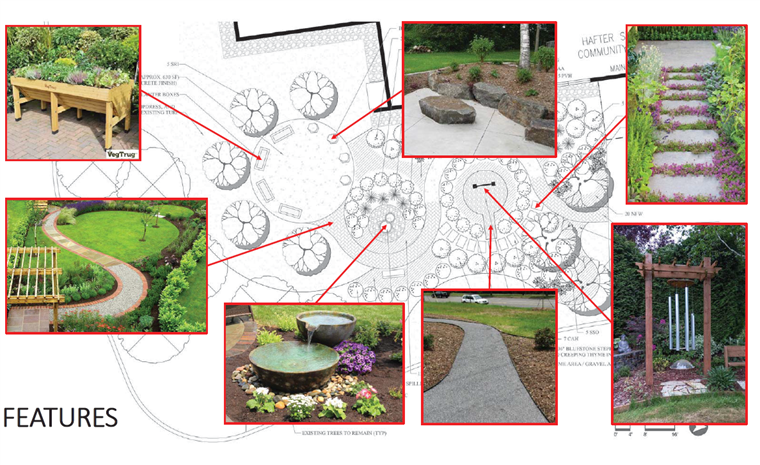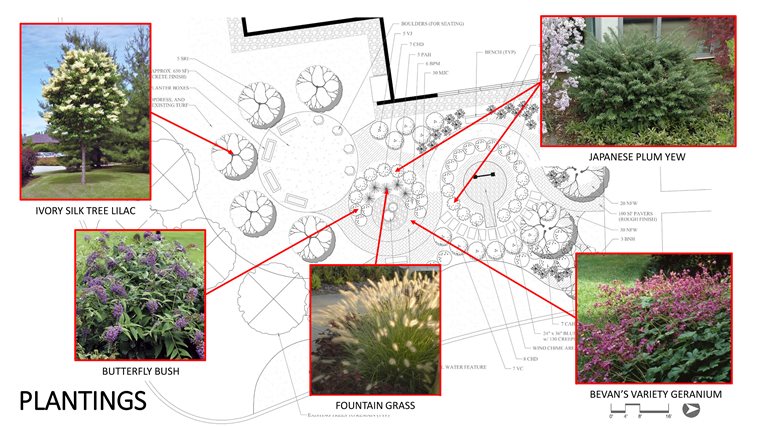This summer, Salus will break ground on an outdoor sensory garden environment that will be used as a teaching and clinical tool next summer.
A sensory garden will add value to the teaching and learning environment for each of the seven programs within the University’s College of Education and Rehabilitation (CER) - including Blindness and Low Vision Studies, Speech-Language Pathology and Occupational Therapy – as well as provide strategic outreach for children and adults within the local community who have sensory deficits.

“Salus University is positioned well, both geographically and educationally, to develop a sensory garden to meet the needs of our students, staff, alumni, and community,” interim CER dean, Barbara Schwartz-Bechet, MS, EdD, said. “As the Salus University mission dictates, ‘Advancing integrated healthcare through innovative education, research and clinical services,’ it is the innovation of developing an additional opportunity for learning and providing services to and within the populations of clients whom our students serve.”
According to Dr. Schwartz-Bechet, as a combination of the different experiences that define a sensory garden, the space will “include areas that are passive places and calming spaces, while others will be designed to stimulate activity or to be used within therapeutic or educational programs.”
In addition to hosting classes, students in each of the programs would utilize the garden in a variety of ways, including education and recreation to elements linking with each program’s curriculum or being utilized in a more informal learning setting in addition to social and relaxation opportunities. Individual seating areas will also be provided for a variety of users as well as an area(s) for small groups.

Students in the Blindness and Low Vision Program would use the garden to:
Students in the Speech Language Pathology program would use the garden to:
Students in the Master of Occupational Therapy program would use the garden to:
In early fall, plantings included Ivory Silk Tree Lilac, Butterfly Bush, Fountain Grass, Bevan's Variety Geranium, Japanese Plum Yew, Lavender, Chokeberry, Elderberry, Highbush Blueberry, Purple Coneflower, Black Eyed Susan and Shasta Daisy, Judd Viburnum, Bee Balm, Switchgrass, Hosta Guacamole, Little Bluestem, Summersweet, Catmint, and River Birch.
We invite you to help Salus create the Sensory Garden. Every dollar you give will be matched by a dollar from Salus up to $25,000. Please consider joining us and donate using the form below.
